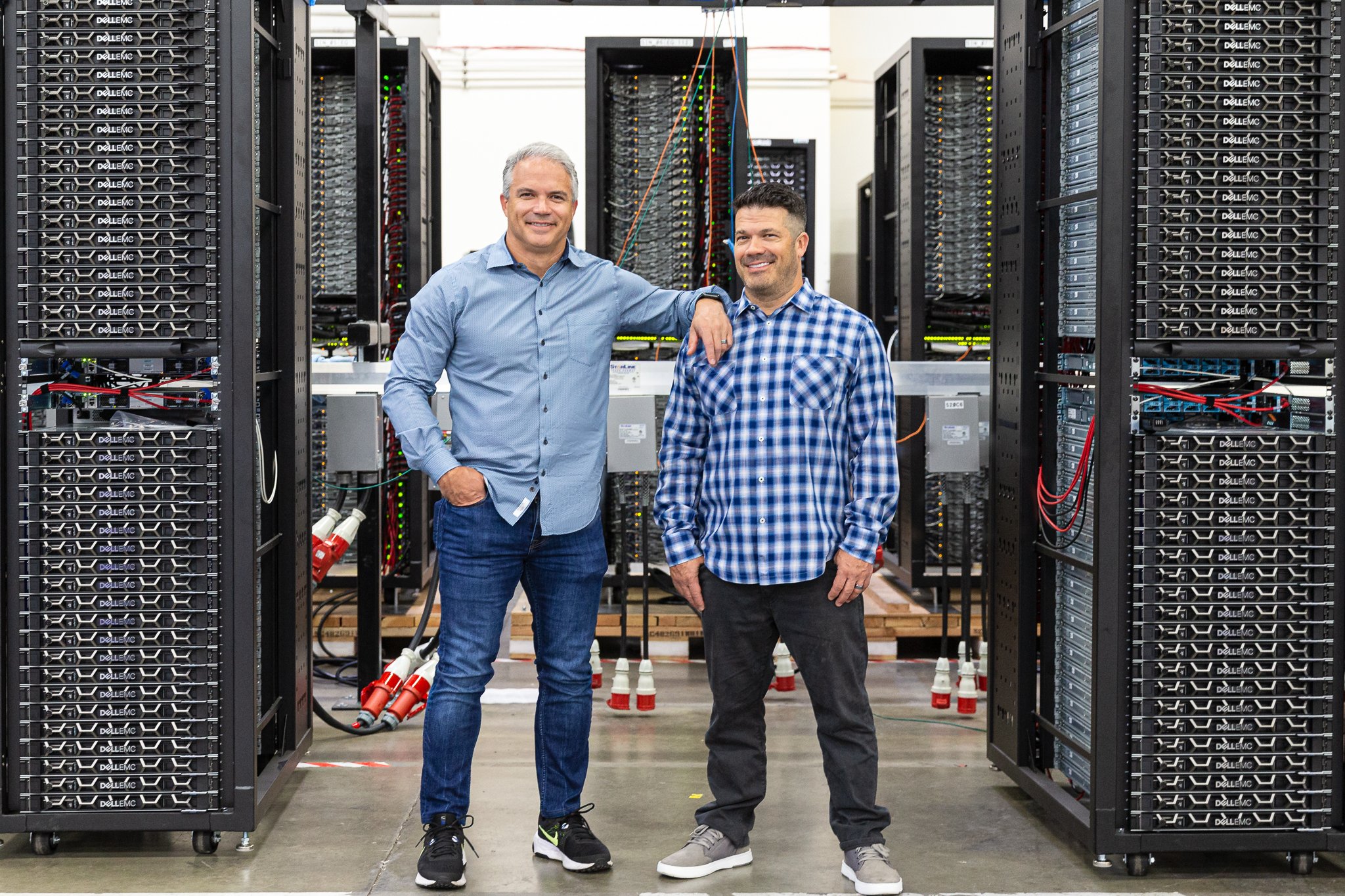In the enterprise space, there’s nothing quite like Google Anthos.
This hybrid cloud platform is an enterprise game-changer, as we’ve noted before. As the project continues to gain steam, it’s likely going to lead to more and more organizations leveraging the power of hybrid or multi-cloud environments.
The major benefit of Anthos is the ability to run full Kubernetes capabilities regardless of whether your chosen platform is on-premises or in the cloud.
Combine this flexibility with the centralized management tools and single pane of glass visibility, and Anthos has the potential to transform every organization.
Under the hood
Anthos has been designed from the ground up to serve as an enterprise-ready solution. To that end, the product includes numerous features we like:
- Anthos Google Kubernetes Engine (GKE) for easy and quick container management to run Kubernetes reliably.
- Istio, an open platform to connect, secure, control, and monitor microservices.
- Migrate for Anthos, which converts and transforms migrated VMs into system containers on GKE.
- Anthos Config Management to automate policy and security at scale for Kubernetes clusters on-premises and in the cloud.
- Stackdriver for observability of Anthos infrastructure and applications.
- Google Cloud Platform (GCP) Cloud Interconnect for high-speed connectivity between datacenter and the cloud.
- GCP Marketplace for a curated list of development stack to accelerate app development.
While this battery of integrated tools may seem daunting, particularly for enterprises relatively new to Kubernetes, Anthos has actually been constructed with simplicity in mind. The goal of the product is acceleration—of development, of deployment, of Kubernetes adoption in general.

Managed by Google
The key to the simplicity of Anthos is that much of the heavy lifting and management is handled by the product itself.
That means development steps like spinning up clusters on-premises—something that has traditionally been very hard to manage effectively—is taken out of your hands so you can actually focus on developing rather than setting the stage for development.
In addition, Anthos’ focus on compatibility and communication between on-premises and cloud—and eventually multiple clouds—means enterprises won’t have to be locked in with any one solution or provider.
For larger enterprises, this platform agnosticism promotes freedom and agility, allowing development teams to work in environments where they are the most comfortable.
It also limits the obstruction of legacy on-premises applications and data in an enterprise adopting modern development tools and processes.

What Anthos can do for your enterprise
Kubernetes currently rules the roost in development due to its well-documented benefits when it comes to efficiency, cost-savings, and bringing new products and services to market.
Add in the growing adoption of the public cloud, which provides its own bottom line benefits, and it’s easy to see why many enterprises are in a dash to make the migration.
Not every enterprise is ready to go all-in on both fronts, however. For those organizations, Anthos provides a bridge between the legacy and the modern.
For application modernization in particular, Anthos can help address many of the pain points—talent gaps, resources, etc.—that limit enterprises from moving to containers and Kubernetes from VMs.
With Anthos, your development teams have access to a consistent platform regardless of the build environment. In other words, one solution across all platforms. This makes it far easier to bring code into production securely and reliably regardless of where that development is taking place. Meanwhile, the central command and control center built into Anthos makes it much easier to monitor and update your applications.
In short, with Anthos you can:
- Bring new products and services to market faster
- Develop on your preferred tech stacks and platforms
- Avoid being tied to any single provider
If those sound like positives usually enjoyed by a nimble startup, you’re not wrong.

Misconceptions about Anthos
Some of the common misconceptions we hear about Anthos are that Google is behind the cloud, Google is not committed to the cloud, and the GCP is not enterprise ready.
Let’s tackle these misconceptions in order:
1. Google is behind
At this moment, 8 out of the 11 applications in the world with more than a billion users are owned by Google.
GCP is built upon the same foundation that supports each of these applications, which means Google is arguably ahead when it comes to public cloud investment and innovation.
2. Google is not committed
From 2016-2018, Google invested $47 billion capex—much of that in support of cloud infrastructure.
Combine that investment with the number of locations where Google operates datacenters (16) and regions where customers are served by GCP (20), and you find a growing footprint.
3. GCP is not enterprise ready
Again, the very same infrastructure that powers Google Search, YouTube, Gmail, and more powers GCP. That means all the security and networking already in place for those major services are also available to enterprises.
In conclusion
Google Anthos is blazing a trail when it comes to helping enterprises adopt containers and Kubernetes—not just in the public cloud, and not just on-premises, but across all available platforms.
If you want the ability to bring new products to market faster, develop on your preferred tech stacks, and not tie your enterprise to any one provider, Anthos may be the right solution for you.

Google Cloud and Redapt
Whether you are looking to explore an alternative to your existing provider, interested in learning more about GCP’s best-in-class security and price-performance characteristics, or already committed to cloud-native application development, Redapt brings the right capabilities to help you get the most out of your Google Cloud investment.














